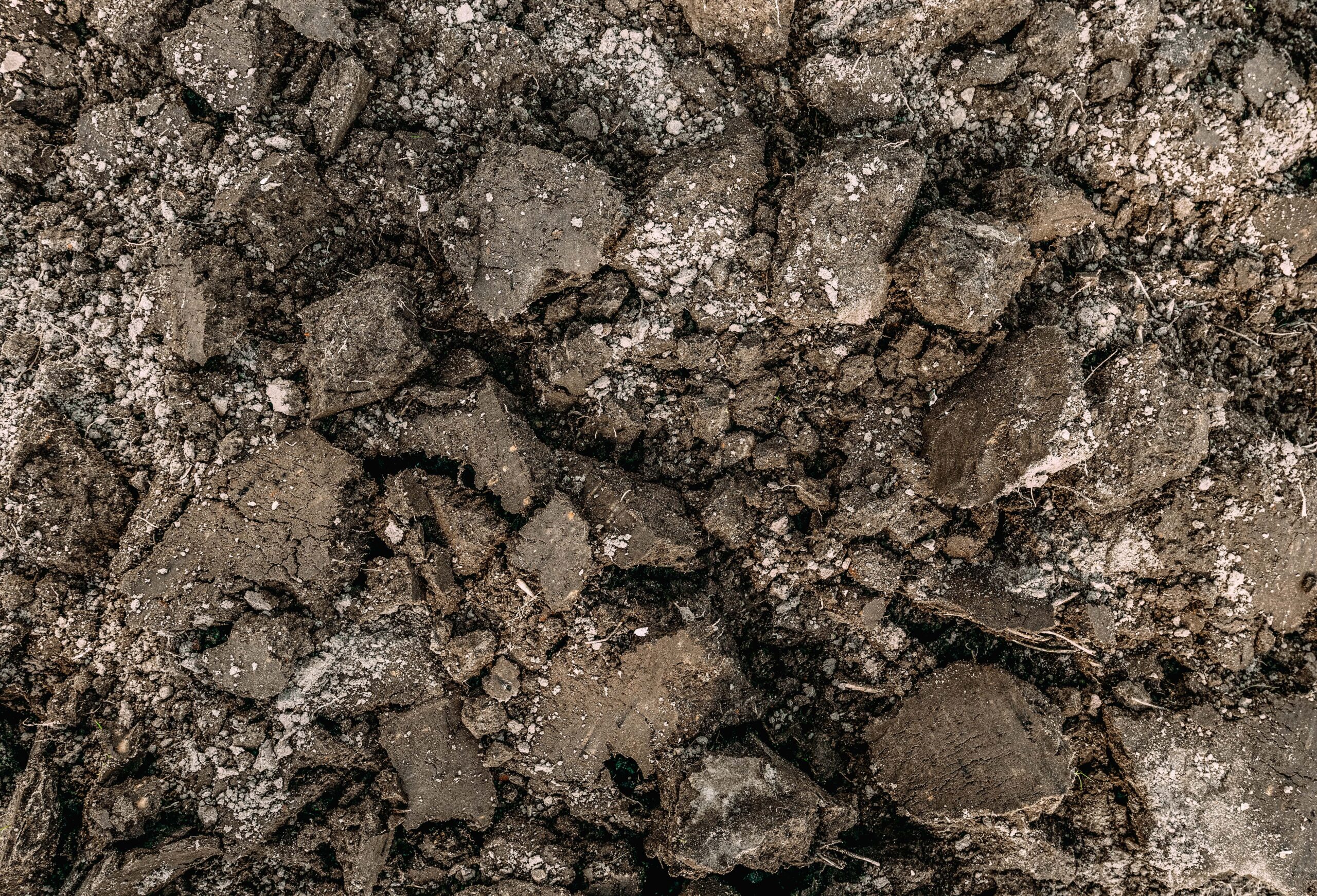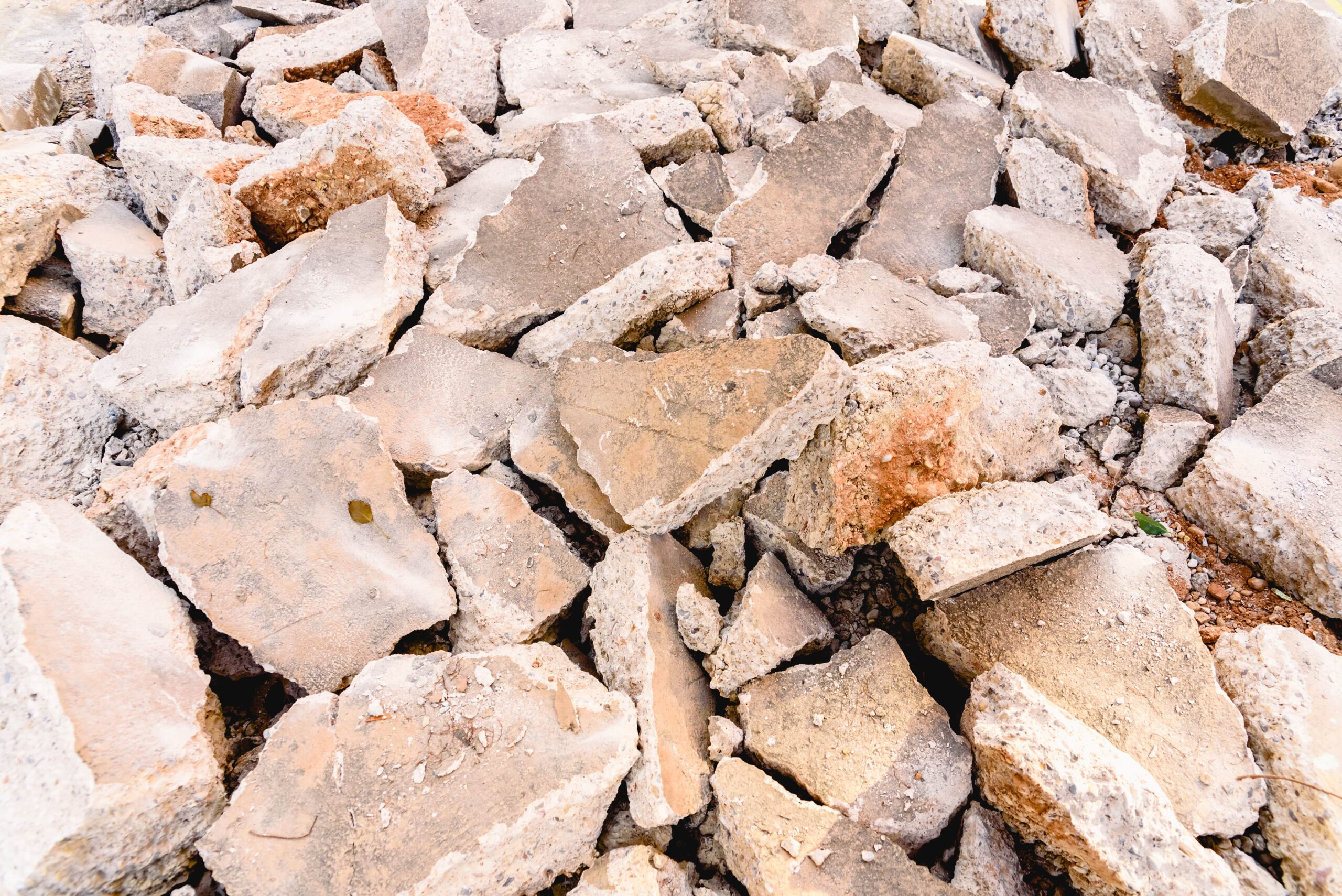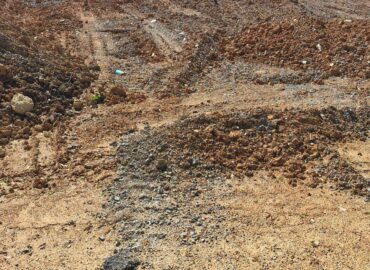Common Mistakes to Avoid When Using Select Fill in Houston Construction Projects
Introduction
Selecting and using the right Select Fill is crucial for strong foundations, proper drainage, and long-term stability in Houston’s construction industry. However, many contractors and developers make avoidable mistakes when sourcing, placing, and compacting Select Fill, leading to foundation shifts, drainage failures, and costly repairs.
This guide covers:
- The most common mistakes when using Select Fill
- How these mistakes impact Houston construction projects
- Best practices for avoiding costly errors
1. Using the Wrong Type of Select Fill
One of the biggest mistakes in construction is choosing the wrong type of Select Fill for the job. Not all fill materials perform the same way, and using improper fill can lead to serious structural issues.
A. Using High-Plasticity Clay Fill in Foundations
- Some contractors mistakenly use high-plasticity clay instead of low-plasticity Select Fill.
- Clay retains excessive moisture, causing expansion and contraction that leads to foundation cracks.
- Solution: Use low-plasticity Select Fill, which remains stable under Houston’s fluctuating moisture conditions.
B. Using Unscreened or Contaminated Fill
- Fill material that contains organic debris, rocks, or excessive fines can lead to compaction issues.
- Poor-quality fill deteriorates over time, leading to settlement problems.
- Solution: Source screened Select Fill from reputable Borrow Pits to ensure consistent material quality.
2. Poor Compaction Techniques
Proper compaction is essential for preventing settlement, cracking, and shifting. Many Houston projects fail due to incorrect compaction methods.
A. Compacting Too Fast or in Thick Layers
- If Select Fill is not compacted in thin, even layers, air pockets form, leading to uneven settling.
- Solution: Compact Select Fill in small lifts (6-8 inches at a time) and use proper equipment like vibratory rollers.
B. Not Controlling Moisture Levels
- Too much moisture causes instability, while too little prevents proper compaction.
- Solution: Monitor moisture content to ensure optimal compaction density before placement.
3. Failing to Account for Drainage
A. Not Allowing for Proper Water Flow
- Poorly planned Select Fill placement can trap water, leading to foundation erosion and flooding issues.
- Solution: Use Select Fill with good drainage properties, such as sandy or well-graded fill, especially in flood-prone areas.
B. Skipping Geotechnical Testing
- Some contractors skip soil testing, assuming all fill behaves the same.
- Without testing, there’s no way to confirm if the fill meets required compaction and drainage standards.
- Solution: Conduct geotechnical tests to verify Select Fill quality before use.
4. Buying from Unverified or Low-Quality Sources
A. Choosing the Cheapest Option Instead of the Best Quality
- Some contractors focus only on cost, purchasing low-quality Select Fill that fails compaction tests.
- Cheap, inconsistent material leads to higher repair costs later.
- Solution: Work with trusted Borrow Pit suppliers that provide high-quality, tested Select Fill.
B. Not Verifying Borrow Pit Material Before Purchase
- Some suppliers mix different soil types, leading to inconsistent performance.
- Solution: Request material testing results before purchasing large quantities.
5. Ignoring Houston’s Expansive Clay and Weather Conditions
A. Not Preparing for Seasonal Moisture Changes
- Houston experiences heavy rain, high humidity, and drought cycles, which cause soil expansion and contraction.
- Solution: Select Fill should have low plasticity and good moisture resistance to withstand these conditions.
B. Using Select Fill Without Accounting for Erosion
- Heavy storms can wash away improperly placed Select Fill, weakening structures.
- Solution: Use proper grading and erosion control measures when placing Select Fill near slopes or flood zones.
6. Overlooking Site-Specific Considerations
A. Applying a “One-Size-Fits-All” Approach
- Some contractors assume all projects require the same type of Select Fill, which is incorrect.
- The right fill depends on soil conditions, project type, and site-specific needs.
- Solution: Consult with geotechnical engineers to determine the right fill for each site.
B. Skipping Proper Site Preparation
- If the site is not cleared and graded properly, Select Fill won’t perform as expected.
- Solution: Ensure proper grading before placing Select Fill to avoid water retention issues.
Conclusion
Avoiding common Select Fill mistakes can prevent costly repairs, failed compaction, and drainage issues in Houston construction projects. Contractors should choose the right fill type, follow proper compaction methods, and source from reputable Borrow Pits to ensure long-term project success.
For high-quality Select Fill in Houston, visit Borrow-Pit.com to find trusted suppliers offering premium materials for your next construction project.




